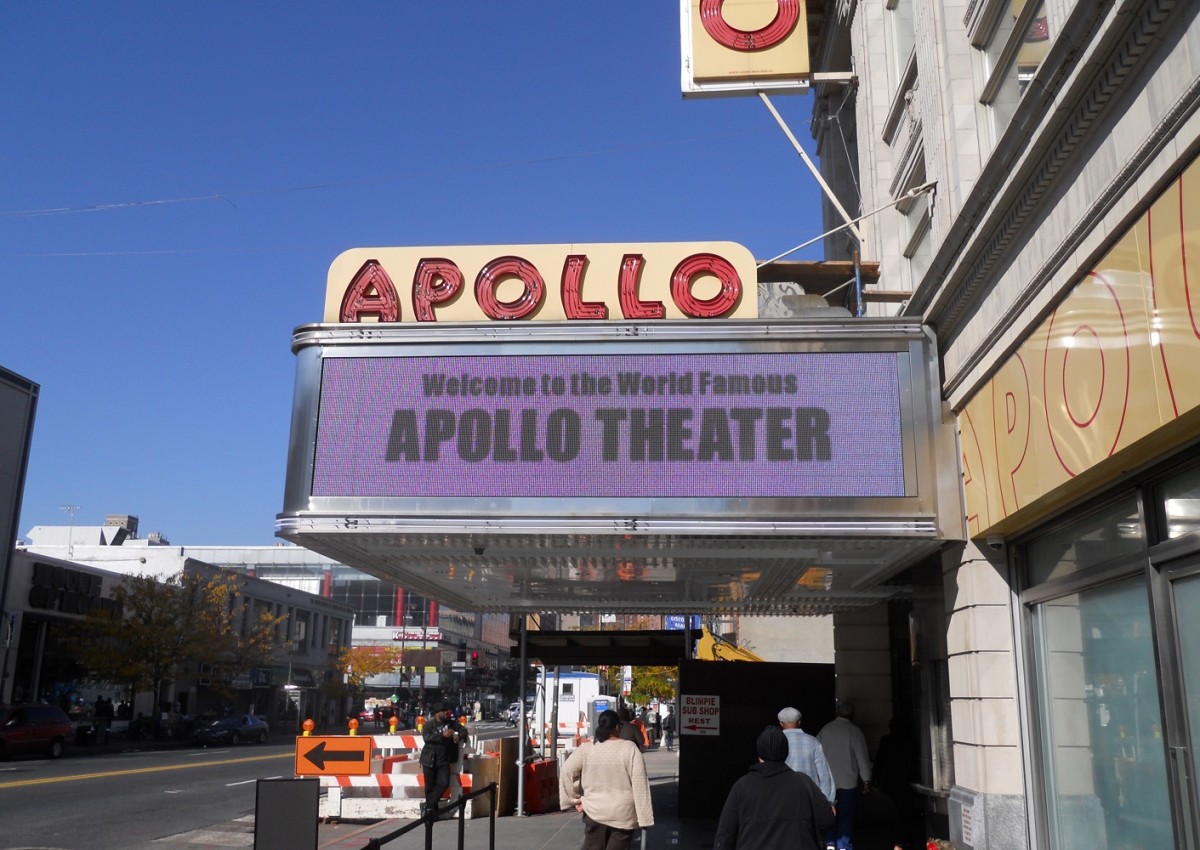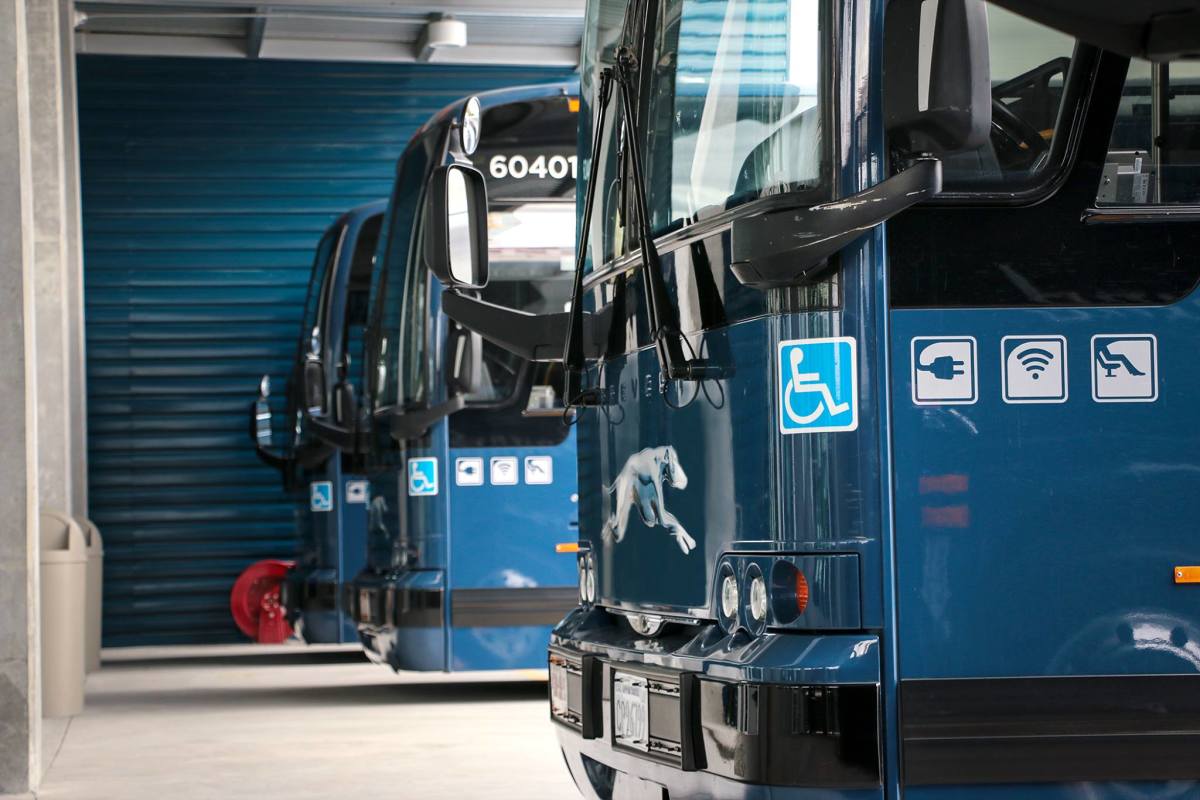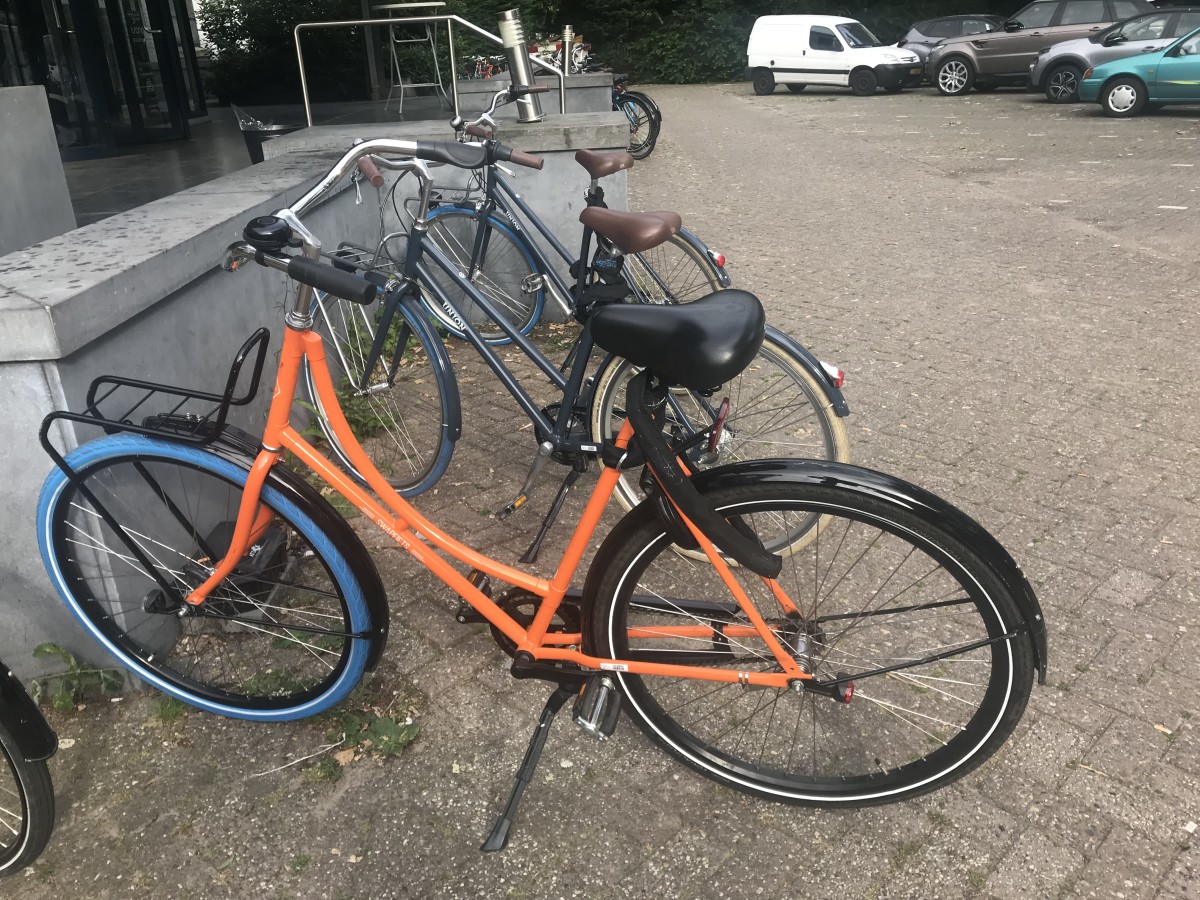Guide to the Subways and Buses of New York City
If you are planning to visit New York City the best way to get around the city is by using the many subways and/or buses that are available. Below you will find information on buses and a list of subway lines and their routes to better help you get around the city. Also, you will find important information on MetroCards, fares, and transfers.
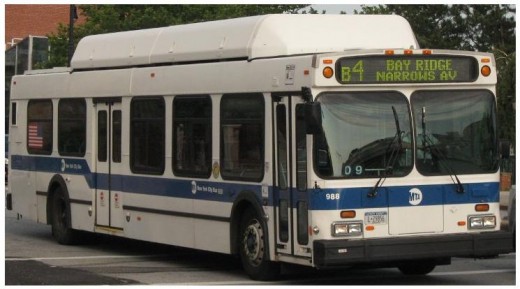
Buses
Each borough of New York City—Staten Island, Manhattan, Brooklyn, Queens, and the Bronx—has its own local buses that run within it, some having a few stops in another borough. Each borough also has express buses that run between one borough and Manhattan. There are buses that run between Staten Island and Manhattan, Brooklyn and Manhattan, Queens and Manhattan, and the Bronx and Manhattan. All run in both directions.
The buses that operate within NYC are identified by a letter and one or more numbers, with the letter corresponding to the borough in which the bus runs. Brooklyn buses start with the letter B, Queens buses with the letter Q, Manhattan buses with the letter M, Staten Island buses with the letter S, and the Bronx buses with the letters Bx. The bus routes will look something like this: B6, M42, S54, Q74, Bx9. For express buses that run between Staten Island and Manhattan the name starts with the letters SIM (e.g. SIM1). For express buses that run between Brooklyn and Manhattan the name starts with the letter X (e.g. X27) or the letters BM (e.g. BM1). For express buses that run between Queens and Manhattan the name starts with the letters QM, though there are some buses that start with the letter X and some with the letter Q. For express buses that run between the Bronx and Manhattan the name starts with the letters BXM though some start with the letters BX.
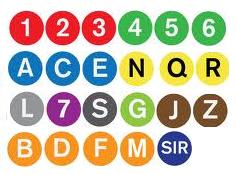
The Subway System
New York City's subway system runs through the four boroughs: Brooklyn, Manhattan, Queens, and the Bronx. There are twenty two different subway lines that run between these boroughs. The subway line is identified as either a letter or a one-digit number. To make it easier for residents and tourists alike to figure out the route of each subway line, a color coding system has been implemented. Each subway line is color coded and some subway lines have the same color if they run along the same route (at least a big part of the route).
The Red Line Trains: The 7th Avenue Line
- 1 (local): runs between Manhattan and the Bronx in both directions.
- 2 (express): runs between Brooklyn, Manhattan, and the Bronx in both directions.
- 3 (express): runs between Brooklyn and Manhattan in both directions.
The Green Line Trains: The Lexington Avenue Line
- 4 (express): runs between Brooklyn, Manhattan, and the Bronx in both directions.
- 5 (express): runs between Manhattan and the Bronx in both directions. Sometimes goes to Brooklyn.
- 6 (local): runs between Manhattan and the Bronx in both directions.
The Yellow Line Trains: The Broadway Line
- N (local): runs between Brooklyn, Manhattan, and Queens in both directions.
- Q (express): runs between Brooklyn and Manhattan in both directions. Sometimes goes to Queens.
- R (local): runs between Brooklyn, Manhattan, and Queens in both directions. Now the Second Ave/Broadway line.
The Blue Line Trains: The 8th Avenue Line
- A (express): runs between Queens, Brooklyn, and Manhattan in both directions.
- C (local): runs between Brooklyn and Manhattan part-time in both directions.
- E (local): runs between Manhattan and Queens in both directions.
The Brown Line Trains: The Nassau Street Line
- J (express): runs between Manhattan, Queens, and Brooklyn in both directions.
- Z (express): runs between Manhattan, Queens, and Brooklyn one-way during rush hours.
The Orange Line Trains: The 6th Avenue Line
- B (express): runs part-time between Brooklyn and Manhattan in both directions. Part-time extended service also goes to the Bronx.
- D (local/express): runs between Brooklyn, Manhattan, and the Bronx in both directions.
- F (local): runs between Brooklyn, Manhattan, and Queens in both directions.
- M (Queen Blvd. local, 6 Ave. local, Myrtle Ave. local): runs between Queens and Brooklyn only full-time in both directions. Part-time service also runs further via Brooklyn, then Manhattan and then back to Queens.
The Purple Line Trains: The Flushing Line
- 7 (local): runs between Manhattan and Queens in both directions.
The Gray Line Trains: The 14th Street/Canarsie Line
- L (local): runs between Brooklyn and Manhattan in both directions.
The Lime Line Trains: the Brooklyn - Queens Crosstown Line
- G (local): runs between Brooklyn and Queens in both directions.
The Gray Line Trains: the Shuttle Line
- S (three routes: 42nd Street (Manhattan) shuttle, Franklin Avenue (Brooklyn) shuttle, and Rockaway Park (Queens) shuttle.)
The Staten Island Railway
Staten Island does not have the subway system like the other four boroughs. Instead it has its own railway system that runs only through Staten Island. There are only two railway tracks that run through Staten Island with the exception of the St. George terminal that has many tracks.
Staten Island trains are not identified by a letter of the alphabet or a one-digit number. Rather, they are named based on their final destination. There are local trains, express trains, and limited stop trains. Riding these trains is free of charge. Only passengers who wish to get off at the St. George stop (the train's final destination) or the one before it (Tompkinsville) have to pay the full local fare.
MetroCards, Transfers, Fares
MetroCards
To ride on subways and buses of New York City it is very convenient to use MetroCards. MetroCards are thin plastic orange cards with a black magnetic strip onto which a rider adds money. To ride on a subway or a bus a rider simply needs to swipe the card either through a turnstile if it's a subway or a slot in the standing box located in the front of the bus. Each time the card is swiped the amount of the fare is deducted from the card. When there is money left on the card that is not enough to pay the full fare more money can be added onto the card.
Currently, there is a $1 fee that riders have to pay when buying a new MetroCard. When your card is depleted of money it is best to reuse the card and add more money to it. This way you will be avoiding having to pay $1 fee each time since you will not be buying a new card every time. Of course if the card you are reusing has expired, you will have no choice but to buy a new card.
When buying a MetroCard there is also a bonus that is added to it. You will receive an 11% bonus when you buy a $5.50 MetroCard or add $5.50 or more on your existing card. A bonus is great but this means that you will probably have a leftover balance on your MetroCard that will not equate to a full fare so you will have no choice but to refill your card. While that may be somewhat of an inconvenience for you, you will avoid the $1 new card fee, which I am sure you will be happy about.
Transfers
There is a free two-hour transfer available on the MetroCard when a full fare is paid. It is good for a transfer from one local bus to another, from a bus to a subway, or from a subway to a bus. Transferring from a local bus or subway to an express bus requires an additional fare since the express bus fare is more than the local fare. Transfers between subways inside subway stations is free. If a rider exits a subway onto the street and goes back into the subway they will have to pay another full fare. Transfers from one local bus to the same local bus no matter which direction will result in paying another full fare. If a rider goes on the bus and swipes the MetroCard that has only partial fare on it and then adds coins to complete the fare, he/she has to ask for a transfer from the bus driver because in this case the MetroCard will not have a free transfer on it. The problem is that this transfer is only good on a local bus. If a rider plans to transfer to a subway he/she will have to pay another full fare.
Free transfers on the MetroCard are only available when full fare is paid. If two people use the same MetroCard one after another and pay the full fare, there will be two transfers on it. When transferring to a subway the MetroCard needs to be swiped only once, with one person going through the turnstile and then the second person going through that same turnstile right after the first person has passed to the other side. Swiping the MetroCard twice will result in paying an extra full fare. When transferring to a bus the MetroCard needs to be swiped only once as well and as there are no turnstiles on the bus both people just walk through and take a seat. If more than two people use the same card the same method applies. The amount of transfers on the MetroCard will equal the number of full fares paid with the card. All the transfers will still be good for two hours.
For people traveling to and from Staten Island there is a free two-hour transfer available on their MetroCard when transferring from a subway or a bus to a Staten Island Railway. Riders paying the initial fare at the Staten Island Railway will have a free two-hour transfer to use on a subway or bus.
Fares
Currently, the fare on a local bus, subway, or Staten Island Railway is $2.90 per ride and the fare on an express bus is $7.00 per ride.
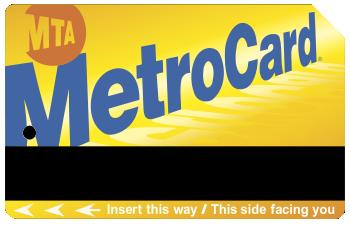
Are you a fan of the MTA fare hikes?
What to Do in New York City
- If You Are in New York City Be Sure to Visit Central Park
When touring New York City, going to Central Park is a must! Besides its breathtaking views there is lots to do and much to see and explore in this great New York City landmark. - What Things to See and Do in New York City
New York City is "the city that never sleeps". There is much to do and see in New York City and visiting it is a must! Before you plan your next trip read this handy guide for things to see and do in New York City.
© 2010 Lena Kovadlo

